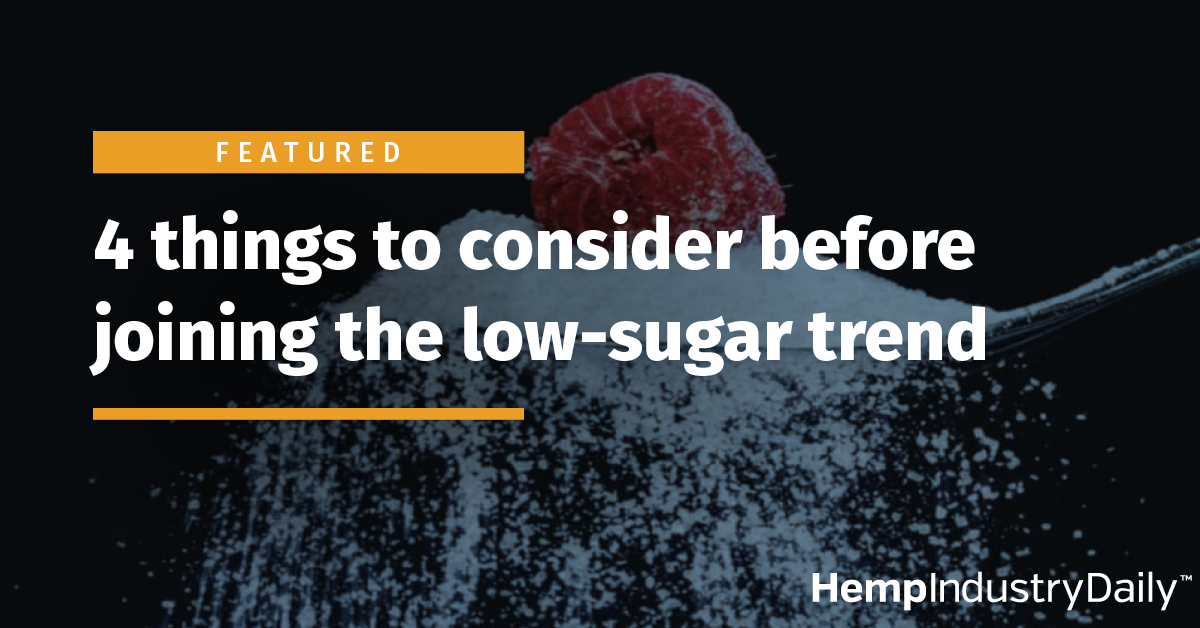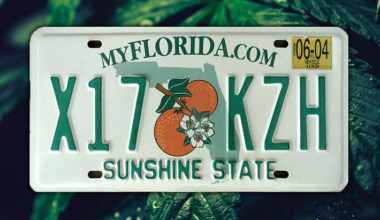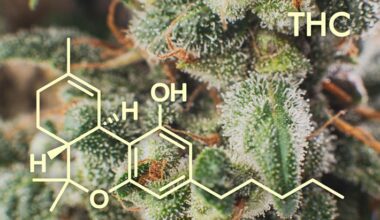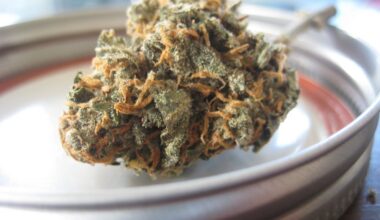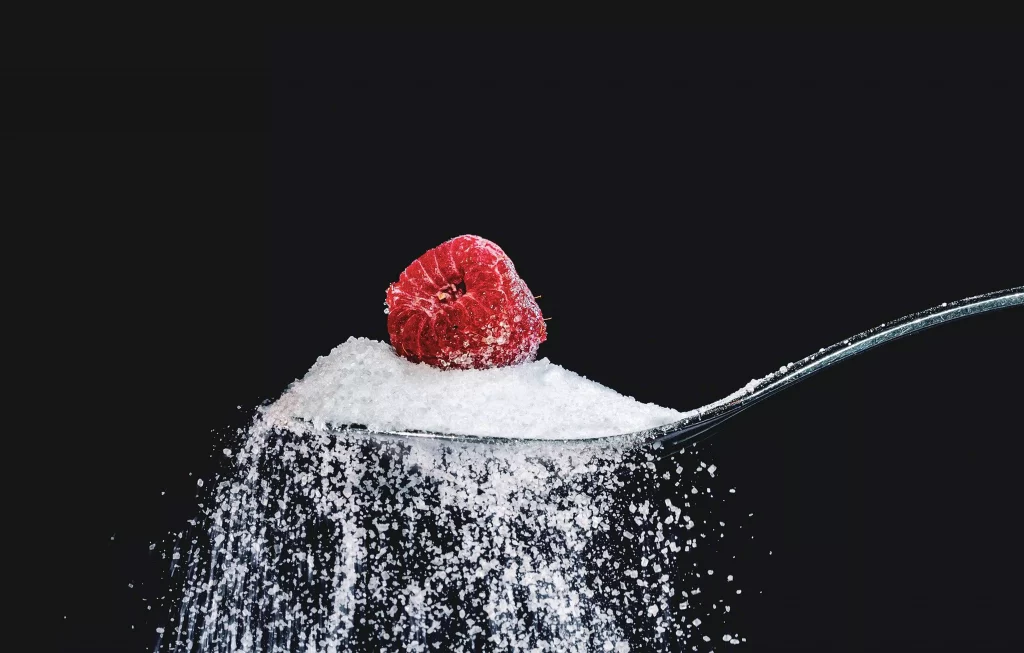
There’s something missing on the candy aisle these days: sugar.
Conventional snacks and confections makers are offering more and more low-sugar varieties in response to consumer demand.
Candy giant Hershey Co. has even rolled out an entirely sugar-free version of its iconic Reese’s peanut butter cups.
Now the trend is coming to the cannabis industry, thanks to technology that gives edibles makers options that didn’t exist even a decade ago.
Cannabis manufacturers have been slower than conventional food makers to provide low-sugar options. Experts point to three main reasons:
- Marijuana extracts such as THC and CBD commonly retain off-putting chlorophyll and terpene flavors that are most easily masked with sugar and fat.
- Cannabis consumers historically skewed younger and more male than grocery shoppers overall, slowing demand for lower-calorie options.
- Compared to large international food companies, cannabis manufacturers are often too small to negotiate cost-competitive supplies of alternative sweeteners.
But the marijuana industry has grown up, and cannabis product manufacturers are furiously catching up with conventional food and drink manufacturers, said Degelis Tufts Pilla, CEO of TribeTokes, a New Jersey company that makes CBD and delta-8 THC gummies.
“Cannabis has shifted from a ‘stoner’ category to a ‘wellness’ category, and the products on shelves need to evolve to meet these new expectations,” Pilla said via email.
Hemp Industry Daily spoke with product formulators across the THC spectrum to find out how cannabis manufacturers can capitalize on the low-sugar trend without sacrificing quality.
They laid out four important steps to consider:
1. Evaluate form and inputs
Edibles makers can’t simply switch a zero-calorie sweetener for sugar or high-fructose corn syrup. They first must consider the kind of product they’re making.
“There are a lot of different options now, which is great. But it will kind of depend on what you’re manufacturing,” said Drew Hathaway, senior scientist on the research and development team at Denver-based Ripple Brands, which makes THC and CBD edibles and drinks.
“Like hard candy, for example. You need very specific sugar alternatives that can still crystallize, to be able to form that hard candy texture.”
Next, cannabis manufacturers have a wrinkle that conventional candy makers don’t face.
And that is overcoming the taste of cannabinoid extracts such as CBD isolate (which is notoriously bitter) or THC distillate (which is milder but still leaves an aftertaste for some).
“Companies that can mask the bitterness of CBD and THC, while offering consumers a great taste and efficacy, undeniably have an overwhelming advantage in the market,” said Chris Clifford, founder and CEO of Day One Beverages, a Los Angeles company that makes lemon, lime and grapefruit CBD beverages.
It’s not a one-time job.
Because cannabis cultivators work with unstable genetics that change one harvest to the next, Hathaway said product manufacturers must frequently taste cannabinoid inputs and adjust their recipes accordingly.
“It strongly differs from supplier to supplier on whether there’s any kind of grassy or hempy type of flavors that are still there,” he said.
2. Look at natural options
Cannabis manufacturers looking to reduce sugar but avoid synthetic additives have new options for delivering a sweet treat with fewer calories.
Concentrates and powders of naturally sweet fruits and vegetables (such as sweet potatoes or berries) can be balanced to match established sweetness profiles.
Monk fruit, a zero-calorie sweetener more than 100 times sweeter than table sugar, is becoming a go-to natural sweetener.
Another natural sweetener gaining popularity is date paste, a traditional sweetener in Middle Eastern cuisine that is showing up in more Western products.
Natural sweeteners aren’t always zero-calorie, but they generally have cleaner finishes than synthetic sweeteners and don’t leave lingering off-notes.
Manufacturers choosing natural nutritive sweeteners can still advertise their products as having “no sugar added.”
The main consideration for cannabis manufacturers is to find a sweetener that combines low calories with the best taste, said Matt Oscamou, co-founder of Weller, a Colorado company that makes CBD-infused beverages.
“We want to make sure the consumer is going to want to come back again and again. So they’ve got to have a craveable experience that delivers on those health benefits,” Oscamou said.
3. Keep costs and supply in mind
The increasing variety of sugar alternatives for cannabis edibles makers doesn’t come cheap, though.
Manufacturers say to expect to spend double for nonsugar sweeteners. Like most other inputs, supply-chain pressures have caused prices to rise by double digits since before the pandemic.
“The challenge with all of those newer trending ingredients is that they’re being used heavily in the traditional food industries and the non-cannabinoid-infused products. The availability of them is really low right now, especially with all the supply-chain issues that have popped up during the pandemic,” Hathaway said.
“So it’s always challenging for edible companies like ourselves that are much smaller compared to your large, traditional food and drink companies.”
4. Talk (or shout) about it
A cannabis manufacturer’s job isn’t done even after perfecting a lower-sugar formula.
Up next: communicating the healthier formulations to consumers. That’s no easy task for an industry that already struggles to explain cannabinoid benefits on labels jammed with mandatory testing and safety information.
For David Catanzano, head of cannabis operations for Tilt Holdings, a multistate operator headquartered in Phoenix, the final step in bringing a low-sugar edible to market is to “shout it from the mountaintop to the folks looking for it.”
Labels are important, he said, but also consider in-store promotions and additional advertising.
“Marketing’s everything, especially in the cannabis industry,” Catanzano said.
He doesn’t see sugar going away for cannabis edibles makers. But Catanzano sees the low-calorie edibles sector holding steady for the long haul.
“Even if it’s a low percentage, it’s a percentage you don’t want to lose,” he said.
Kristen Nichols can be reached at kristen.nichols@staging-hempindustrydaily.kinsta.cloud.
Medical Disclaimer:
The information provided in these blog posts is intended for general informational and educational purposes only. It is not a substitute for professional medical advice, diagnosis, or treatment. Always seek the advice of your physician or other qualified healthcare provider with any questions you may have regarding a medical condition. The use of any information provided in these blog posts is solely at your own risk. The authors and the website do not recommend or endorse any specific products, treatments, or procedures mentioned. Reliance on any information in these blog posts is solely at your own discretion.
